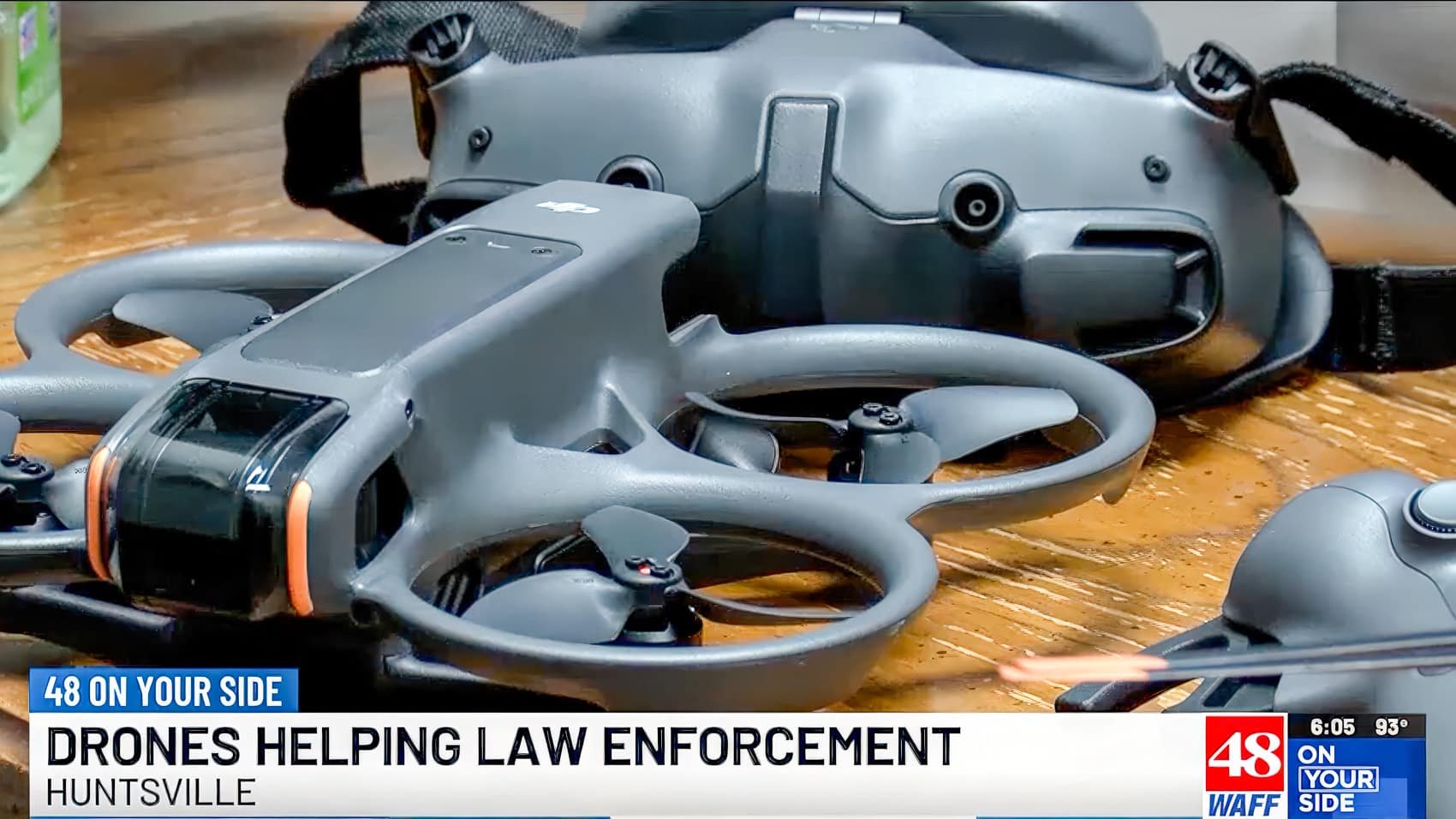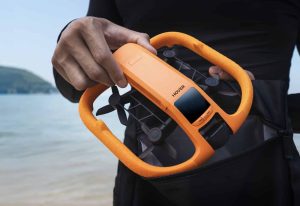Drones Combat Crime in Alabama Skies: How Technology Enhances Public Safety
In Alabama, drones are no longer just capturing aerial views for leisure; they are critical tools aiding police in locating suspects, searching for missing persons, and ensuring community safety. This article delves into how drones are revolutionizing crime-fighting efforts, their impact, and the transformative role they play in modern policing and daily life.
The Introduction of Crime-Fighting Drones in Alabama
From Science Fiction to Reality
Once mere fantasy depicted in sci-fi movies, drones have become a reality in Alabama’s law enforcement. In 2025, police departments in North Alabama initiated the use of drone fleets specifically designed for crime prevention and search-and-rescue operations. These aerial assets can respond to emergencies faster than traditional patrol cars.
The Birmingham City Council earmarked $1.5 million to purchase 16 state-of-the-art DJI M4TD drones and the necessary equipment, marking a significant investment in technological policing innovation. ‘It is crucial to integrate new technologies to enhance public safety,’ stated Council President Darrell O’Quinn.
The Transformation of Police Response with Drones
Speed and Agility Redefined
Drones offer unparalleled speed, overcoming geographical and physical limitations that traditionally slow down police response. They allow officers to evaluate crime scenes from a safe distance before taking further action, significantly reducing risks to police personnel.
Equipped with infrared cameras, drones can locate individuals hiding in the dark or in dense environments. Sheriff Mark Pettway highlights, ‘A deputy can deploy a drone on the spot, and with its infrared capability, it can identify and track a suspec…
Real-World Crime Solutions: Drones in Action
1. Locating and Apprehending Suspects
In North Alabama, drones help police quickly locate and monitor fleeing suspects. With immediate aerial insights, officers can block escape routes efficiently, enhancing safety during high-risk pursuits.
2. Search and Rescue Missions
Drones are invaluable for finding missing persons. The St. Clair County Sheriff’s Office Drone Team frequently deploys drones to locate vulnerable individuals quickly, providing crucial assistance during emergencies.
3. Enhancing Officer Safety
Drones serve as preliminary detectors at high-risk crime scenes or during specialized operations, offering critical, real-time information that reduces the risk of ambush.
4. Securing Public Events
From sports events to large gatherings, drones monitor crowds for any suspicious activities, all while being discreet and efficient.
Technological Advances in Drone Policing
Alabama’s Cutting-Edge Drone Technology
- DJI M4TD Drones boast advanced technology with optics, zoom, and thermal imaging capabilities.
- Rapid charging systems and backup batteries ensure drones are fully operational around the clock.
- Officers are trained under FAA Part 107 guidelines to operate drones legally and efficiently.
The police department’s investment extended to supporting technology, like charging docks and integrated dispatch systems.
Drone Training and Community Engagement
Educational Opportunities and Practical Training
For those aspiring to become drone pilots, institutions like Wallace Community College offer programs to prepare students for the FAA Part 107 exam, underpinning their training with legal and regulatory knowledge essential for drone operations.
Youth Engagement Initiatives
Police departments actively engage with schools through demonstration days, sparking interest in drone technology among young aspiring technologists.
Drones vs. Helicopters: A Comparative Analysis
| Drones | Helicopters | |
|---|---|---|
| Cost | Low (thousands per unit) | High (millions per aircraft) |
| Deployment Speed | Instantaneous | Delayed (crew and prep required) |
| Risk to Crew | None (remote operation) | High (onboard crew) |
| Area Coverage | Versatile (urban, rural, events) | Limited by size and budget |
| Noise | Minimal | Significant |
| Versatility | Broad (surveillance, rescue, etc.) | Restricted |
This comparative advantage allows even smaller municipalities to afford consistent aerial surveillance.
Legal and Ethical Constraints
Compliance with FAA and State Regulations
Law enforcement drone use must comply with FAA standards and regional policies, ensuring pilots are certified and operations are transparent to address public privacy concerns.
Communications with communities are integral, clarifying drone applications and alleviating public surveillance fears.
Concluding Remarks: The Human Element
Behind the technology are the officers and experts driving these operations. Working closely with communities, they build trust and promote safety. Through outreach programs, they inspire future generations to pursue technological careers in public safety.
Success and Challenges in Drone Use
Case Study: Jefferson County
- The Jefferson County Sheriff’s Office expanded drone utilization, assisting numerous agencies through diversified call responses.
- Feedback highlights improved response efficiency and decreased officer injuries.
Birmingham’s Technological Leap
- The $1.5 million investment drastically improved situational awareness and expedited law enforcement actions.
Facing Challenges and Moving Forward
Implementation hasn’t been without challenges, such as technical issues and training requirements. However, open communication and continuous improvement have fostered public trust and operational success.
The Future Outlook
The scope of drone use in Alabama is expanding to include disaster response, traffic control, and potentially medical deliveries, demonstrating a commitment to leveraging technology for public good.













